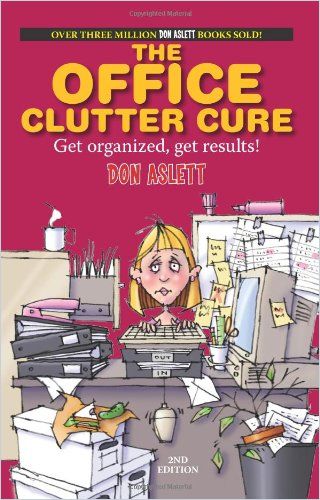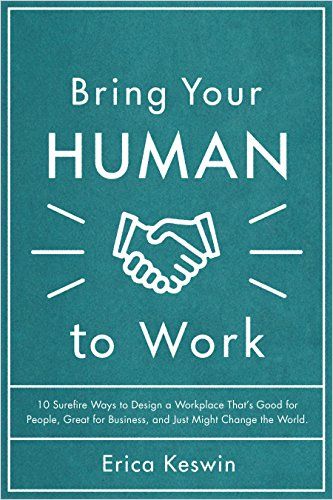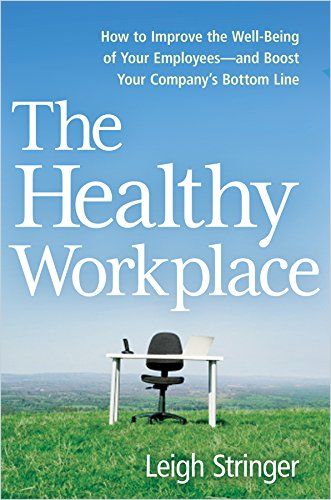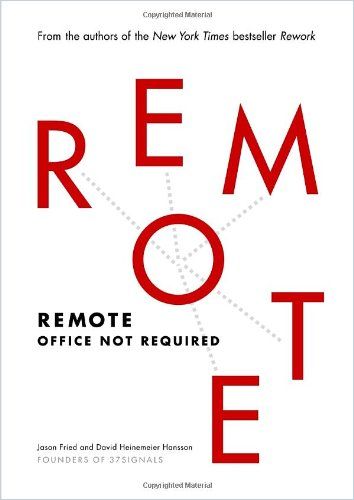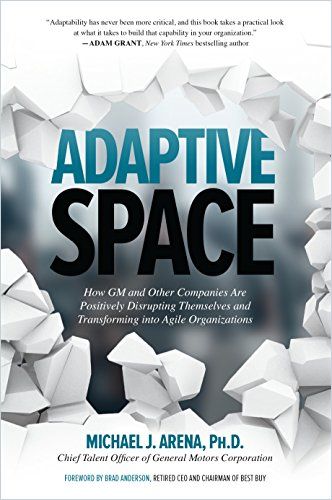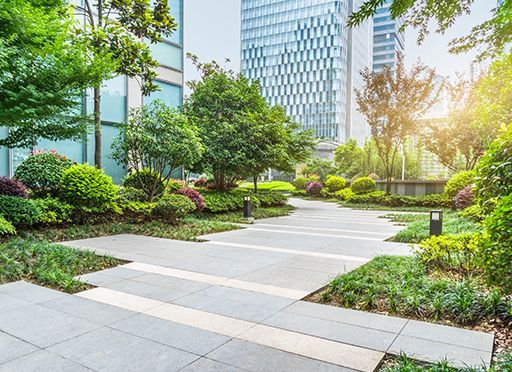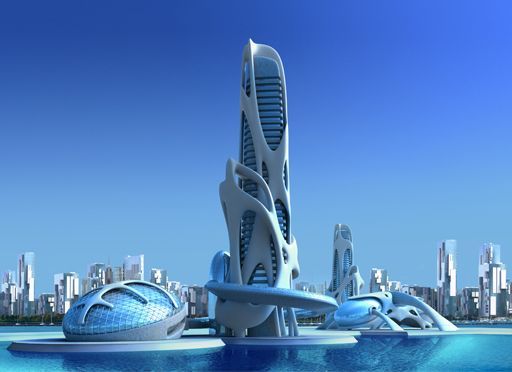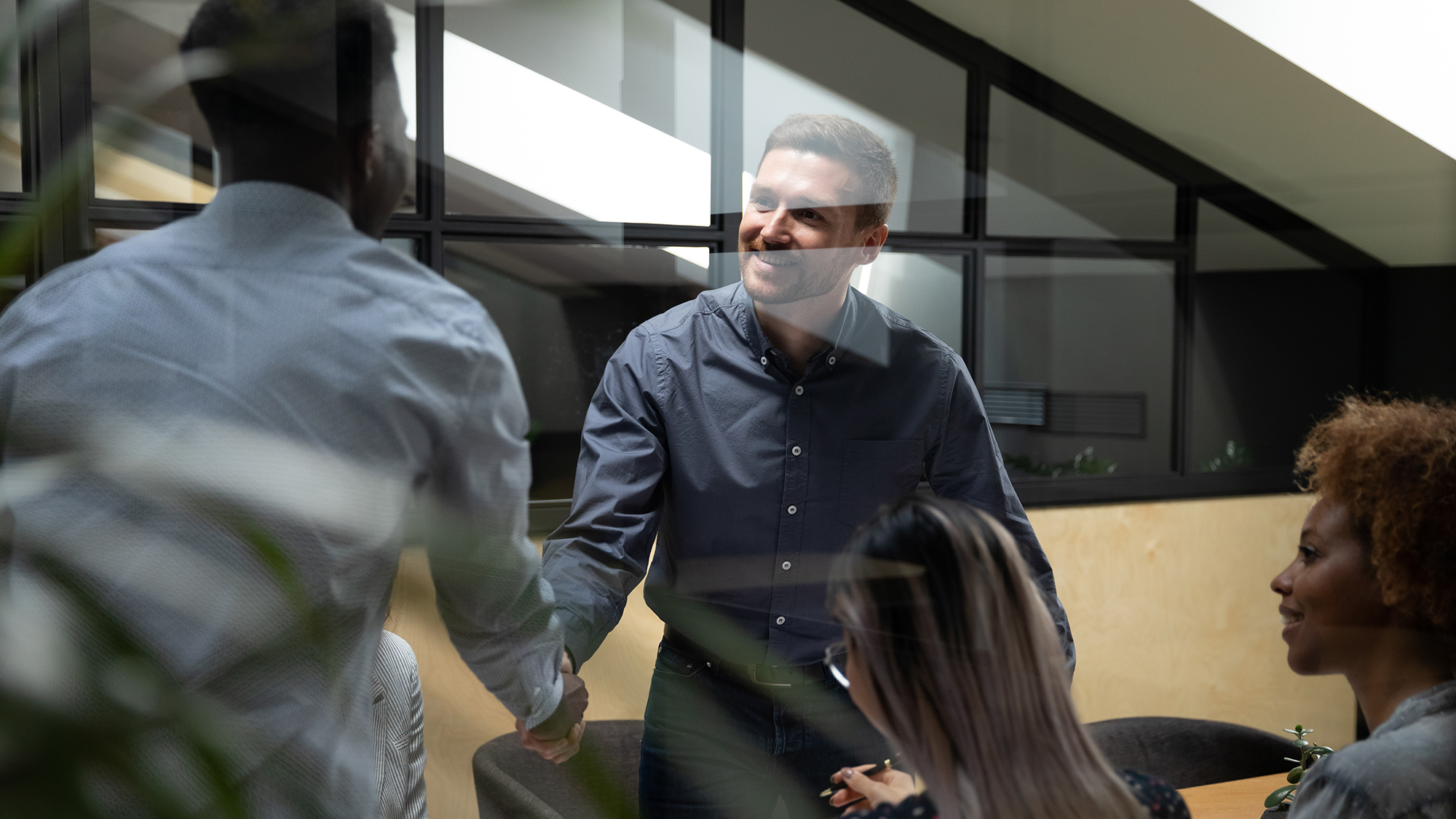Ain’t Nobody Here

Most offices are, strictly speaking, dumps. You may have gotten used to them, but old furniture, battered crockery, flaking paint, flickering lamps, and the dusty veneered bookcases that can’t even serve as firewood – all of this can actually go.
Now that the office corridors are empty, a few handyworkers don’t bother anyone (in fact, they’d be happy to get orders as local businesses) and the whole site was supposed to be geared towards an upcoming “New Normal,” the time has come to get rid of all the junk and design the workplace in a way that when the colleagues come back, they can hardly believe their eyes.
Here are a few tips on how to get it right before your lockdown ends.
Getting Rid of the Junk
You want your colleagues to enjoy working in the office – and to become more productive? Very good. That’s half the battle. Then the first thing you need to do is to make sure your office meets your own standards. It may be okay for Silicon Valley start-ups to start in a garage – but for most people garages actually suck.

Face it: Out-of-control office clutter is not simply unsightly, but harmful to productivity and your employees’ careers. The following summaries tell you what you can throw away – and how to avoid new piles of rubbish in the office. It can’t hurt to know how the mess came about and what will change in the future – these are the basics for all further steps you should take:
On Designing a Powerhouse
Everybody likes to talk a lot about “design thinking” these days – but strangely enough only when it comes to their own products, not the environment in which they (or even the ideas for them) should be created.
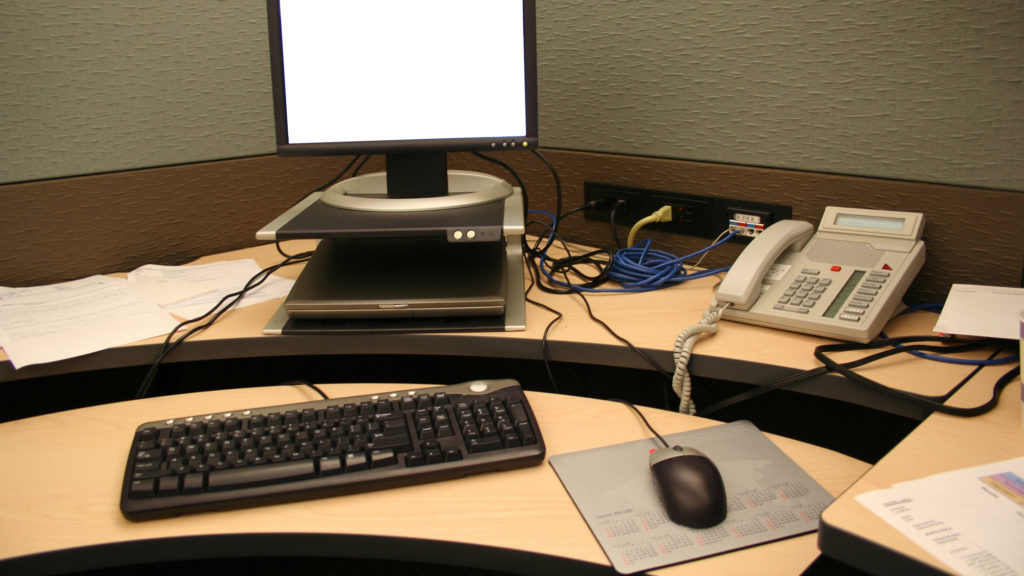
Because it’s clear that one can’t aim at the moon in a windowless bunker, now is the time to put together a small team to think about a new, more flexible and useful office design – if necessary from home – and exclude those who always start discussions with “But that’s how we’ve always done it.”
Here are the basics that will help you to improve your very own, individual, but currently still rather disadvantageous (to put it nicely) office space:
What distinguishes successful from less successful organizations is not the soccer table or the ball pool on the ground floor (just in case, you need approximately 2,850 balls per cubic meter for it), but a whole new mind-set transported with the rooms. A little tip: Musty booths do not create optimism, and in the end that’s what counts.

Beat the Interruption Factory!
The typical modern office is an “interruption factory” that hobbles productivity. Working in an office cuts your day into fragments – 15 minutes for this conference call, 30 minutes for that meeting, and countless time-outs to answer questions from managers and co-workers. Your employees seldom gain sufficient uninterrupted time to get into their “productive zone.” All these arguments for “Remote Work,” as beautiful as this brave new world may be, are strictly speaking none. Above all, they are arguments against bad office space, processes and the distractions that come with them.
So turn the tables on the many remote work arguments and see what you get for your office! Above all, think about how to make it fit for a new era of mixed management that combines the advantages of working from home with those of the office. This includes new, better equipped and more flexible workplaces with better IT facilities, as well as rest or creativity areas and meeting places. As more people work from home, it frees up more space at the office for those who are going in, meaning no more hanging around in the server room, the toilet (by the way, when were those seats and lamps last changed?) or the stairwell, disturbing the rest of the workforce.
Use the time you have left! Motivation, appreciation and an efficient office infrastructure are things that will make it much easier for you and your colleagues to get back into office life – and can pay off twice or three times over in difficult times.
